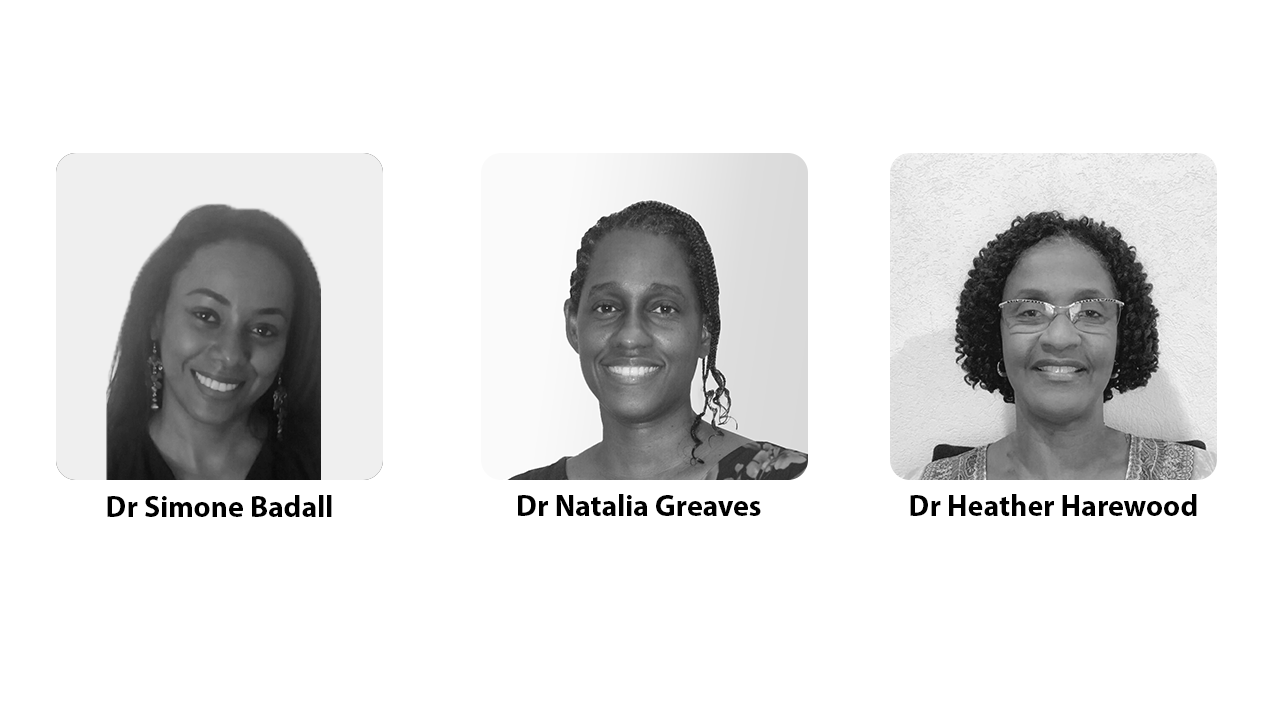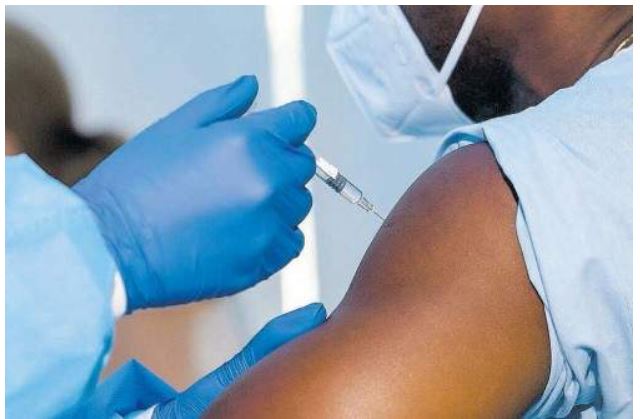ONTARIO, Canada, Jun 30 2015 – A study examining the rates of HIV infection among local African, Caribbean and black youth here has found they are using condoms less often than their peers, though their sexual activities are otherwise the same as the broader population of youth that has a lower rate of infection.
More than 500 youths in these groups in Windsor and Essex County here took part in a survey over the past two calendar years, according to the Canadian Broadcasting Corporation (CBC). The participants were all 16 to 25 years of age.
Eleanor Maticka-Tindale, a University of Windsor professor and Canada Research Chair in social justice and sexual health, told CBC News that the researchers found that “they don’t look very different than Canadian youth in general in terms of their sexual activities”
This includes the age at which sexual activity begins and the number of sexual partners these youth report.
Maticka-Tindale said the survey found that local African, Caribbean and black youths “don’t use condoms as often as Canadian youth in general”.
In the survey, participants were asked if they were HIV positive. The reported rate of HIV infection was approximately 15 in 1,000, a rate that is similar to African, Caribbean and black youth across the country, but well above the 1 in 1,000 Canadians in the same age group, according to CBC.
At the provincial level, according to CBC, Maticka-Tindale said individuals in these same groups have a higher rate of infection than the broader population.
“African, Caribbean and black people account for between four and five per cent of the population of Ontario, but they account for approximately 18 to 19 per cent of HIV infections,” Maticka-Tindale said.
“So that’s roughly four to five times higher than it should be proportional to the population and that’s what we pay attention to,” she added.
Kenny Gbadebo, the co-principal investigator on the study, said there is a need for outreach to the young people in the African, Caribbean and black communities.
“We don’t seem to have any programs, per se, to engage some of these young people, which is very concerning and disturbing to me,” he said.



